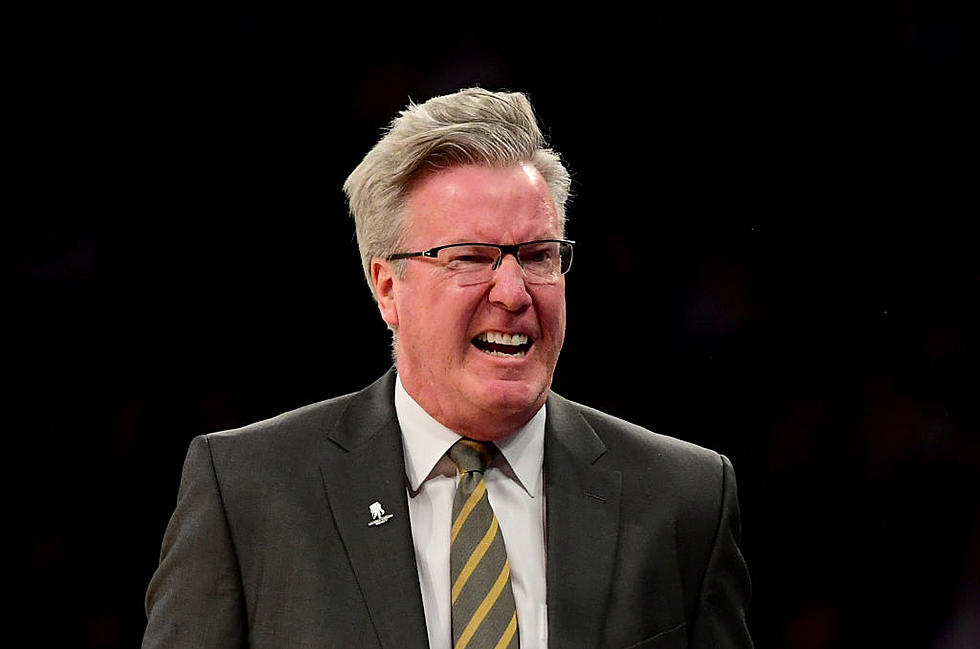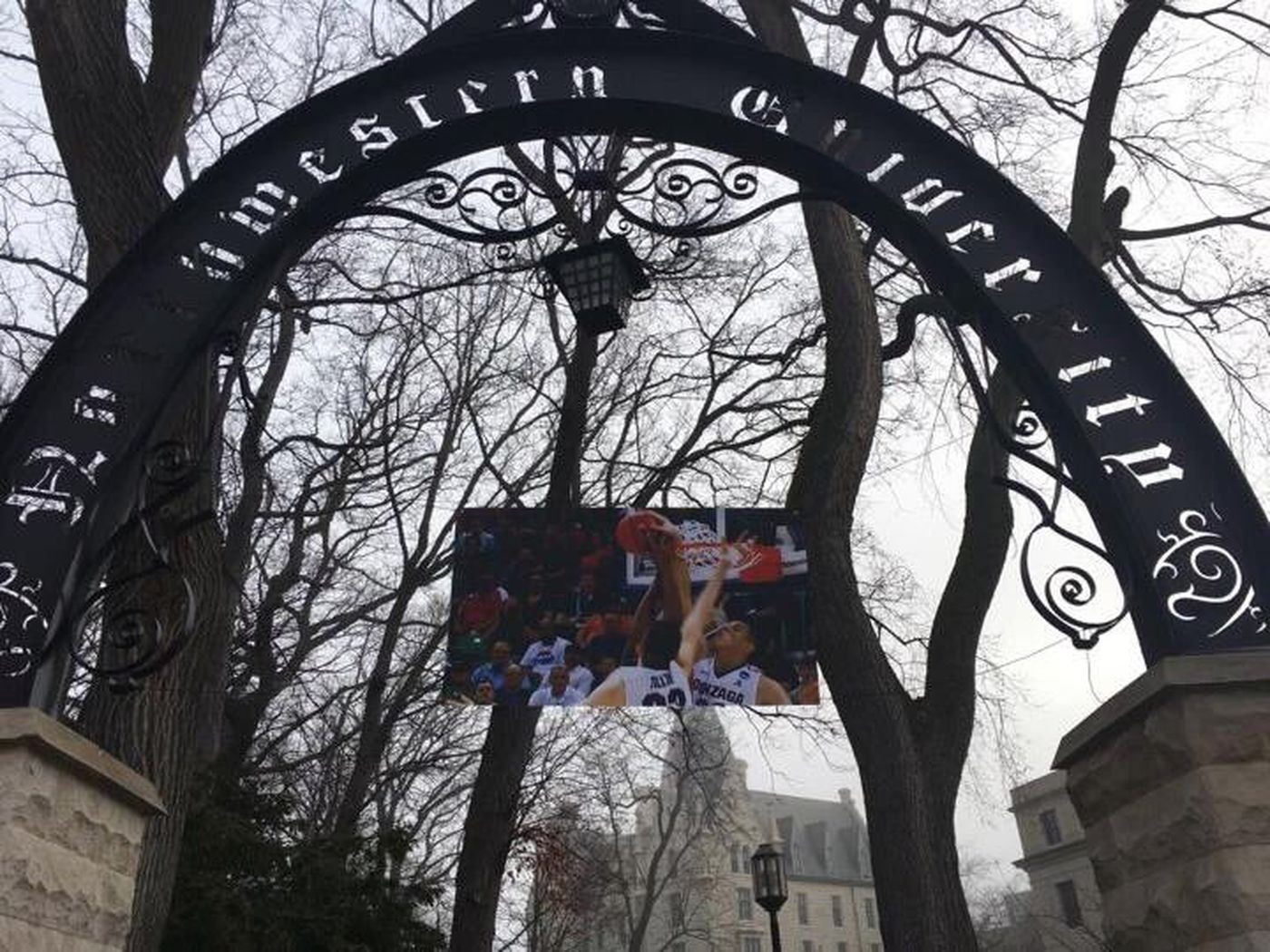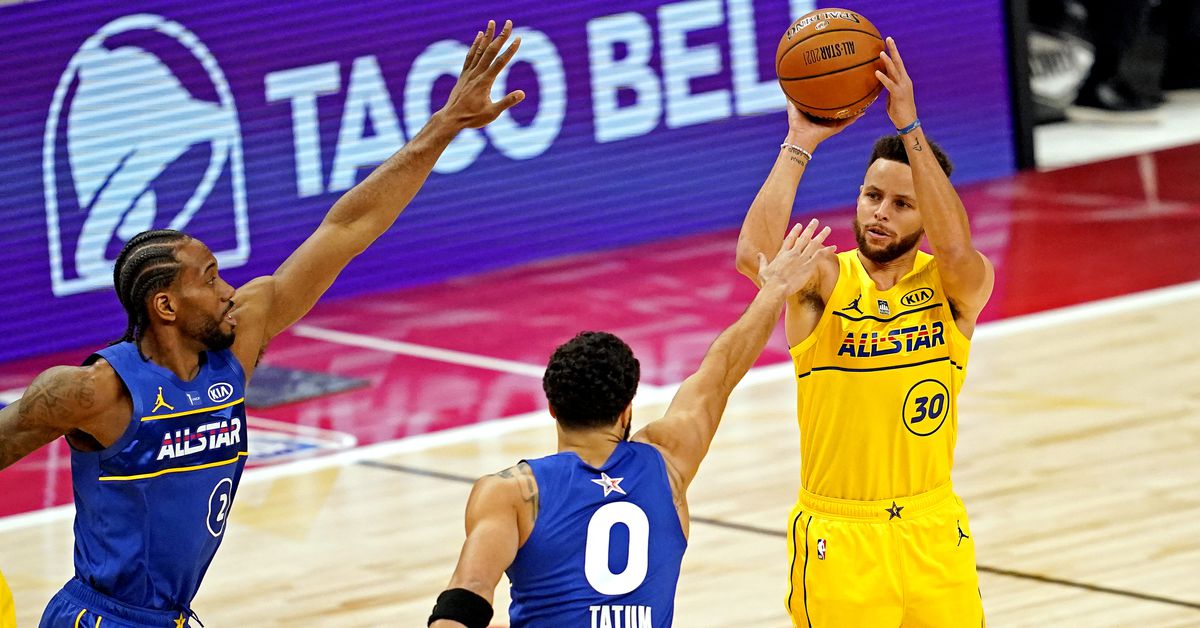1. Block/Charge changed- Defender has to be in place when offensive player plants foot, rather than at the point the foot leaves the floor
2. Failed out of bounds challenge in last 2 minutes will result in loss of timeout. I do not know the penalty if a team has no timeouts left
3. Jersey numbers may now be 0-99
4, Goaltending can be reviewed at next stoppage of play
5. Experimental trial in NIT of widening lane from 12 to 16 feet
2. Failed out of bounds challenge in last 2 minutes will result in loss of timeout. I do not know the penalty if a team has no timeouts left
3. Jersey numbers may now be 0-99
4, Goaltending can be reviewed at next stoppage of play
5. Experimental trial in NIT of widening lane from 12 to 16 feet




